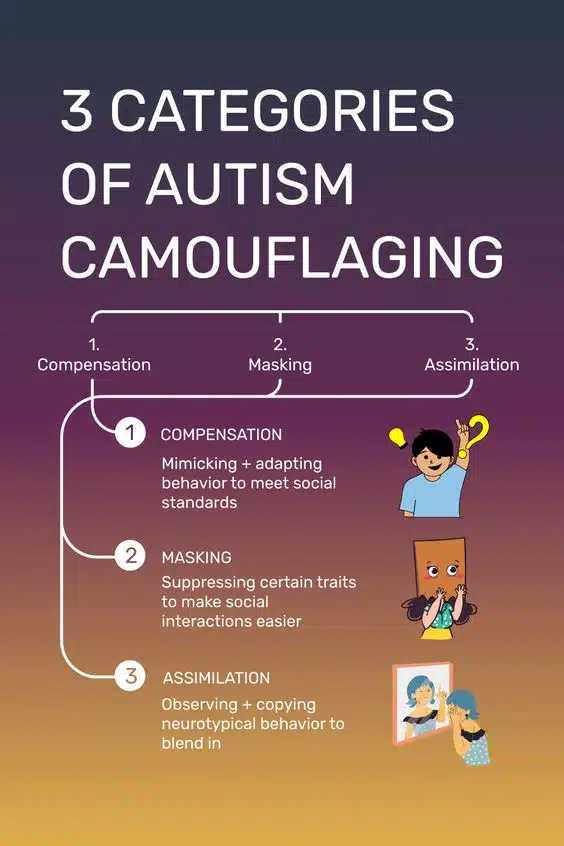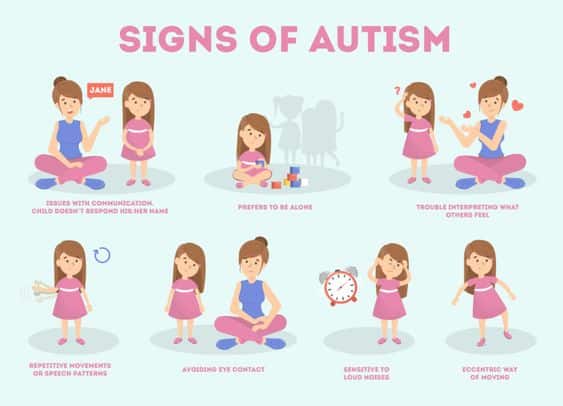The Gilliam Autism Rating Scale (GARS-3) is an effective tool for assessing autism. Here’s how it works:
- Questions and tasks: The GARS-3 consists of questions and tasks that evaluate behavior, communication, and social interaction.
- Professional evaluation: Healthcare professionals administer the test to identify signs of autism and determine a person’s score.
- Diagnosis and progress tracking: The GARS-3 helps diagnose autism and monitor progress over time.
- Score interpretation: A high score may indicate the presence of autism, but further evaluation is necessary for a definitive diagnosis.
- Individual uniqueness: It’s essential to recognize that every person with autism is unique, and symptoms and experiences can vary.
In conclusion, the GARS-3 is a valuable assessment tool that provides insights into autism, enabling professionals to diagnose and track progress. Goally, our tablet, provides interactive apps to help kids with the GARS-3 assessment. With features like visual schedules, AAC, and skill training videos, Goally supports language development, executive functioning, and social skills.
This post was originally published on Feb. 8, 2023. It was updated on July 10, 2023.













